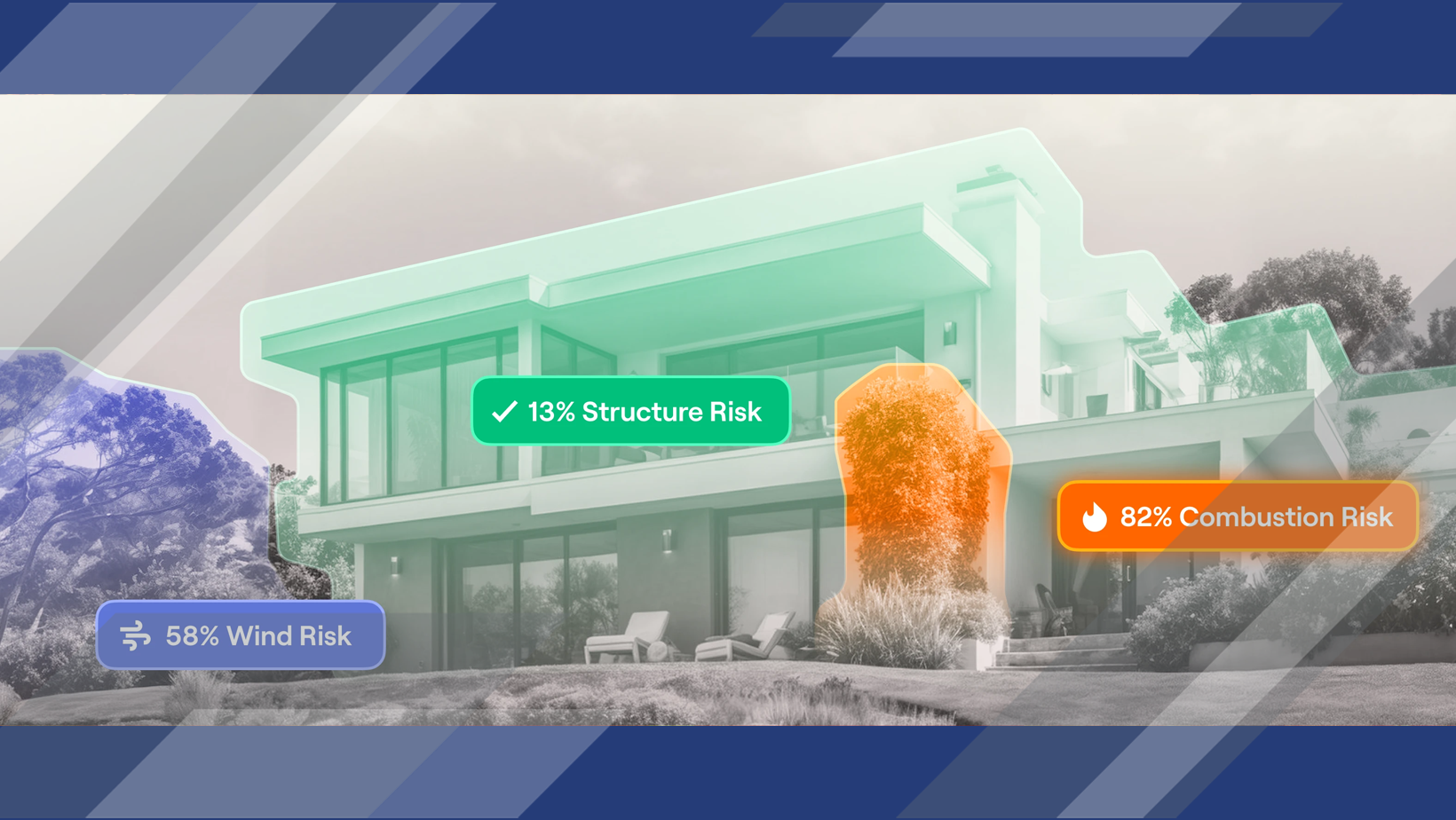Stand Insurance Raises $35M to Expand Homeowners Coverage in High-Risk Florida Market
Stand Insurance, a San Francisco-based startup focused on homeowners insurance for catastrophe-exposed properties, has secured $35 million in Series B funding to expand its offerings into Florida.
The company, which launched in December 2024, originally focused on wildfire-prone homes in California, underwriting $1 billion in insured value within a year. Florida represents a critical market due to its high exposure to natural disasters, having experienced 94 billion-dollar disasters since 1980 and significant losses in recent catastrophic events. Citizens Property Insurance Corporation, Florida’s insurer of last resort, currently holds nearly $300 billion in exposure, illustrating the challenges carriers face in this volatile market. Stand Insurance employs a resilience and mitigation-focused model, linking coverage to property improvements that reduce risks from wind, fire, and flood. The company uses advanced physics-based modeling and artificial intelligence to assess structural resistance to extreme weather and supports proactive risk reduction measures.
This approach addresses a growing gap in coverage as many traditional insurers retreat from high-risk regions such as California, Florida, and Texas, where frequent disasters have caused substantial insurance cancellations and non-renewals. Over the past decade, weather-related catastrophes have caused around $146 billion in annual damages in the U.S., with insured losses covering less than half of these figures.
Backed by investors including Eclipse, Inspired Capital, Lowercarbon Capital, and Equal Ventures, and supported by leading reinsurers and an AM Best A- rating, Stand emphasizes claims management and customer service to differentiate itself in catastrophe-prone markets. With the recent capital infusion and expanded operations, the company aims to capture market share in regions where insurance availability is shrinking, offering a model that integrates underwriting with mitigation to better manage risks and sustainability for homeowners and insurers alike.


